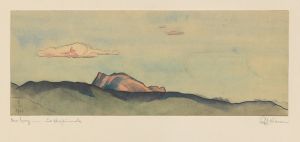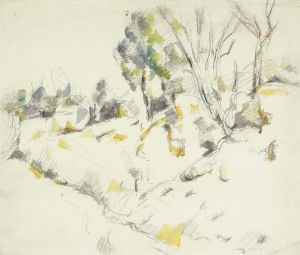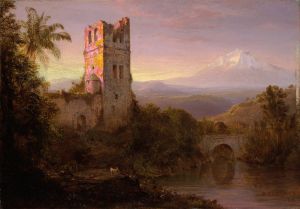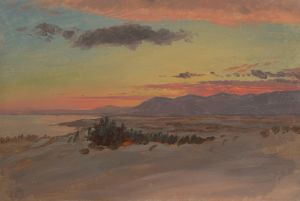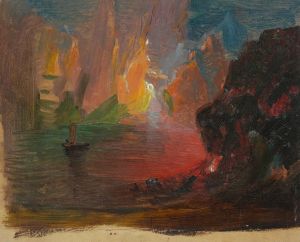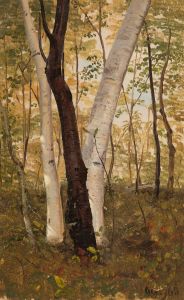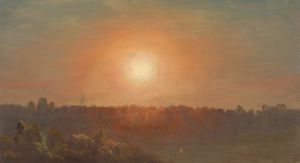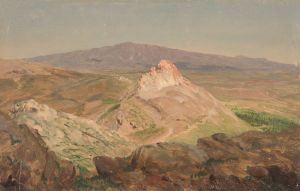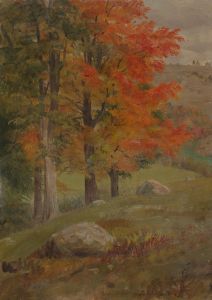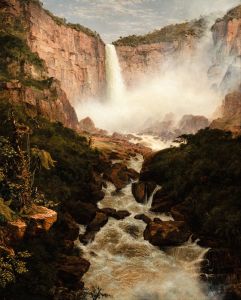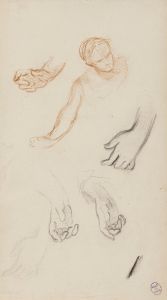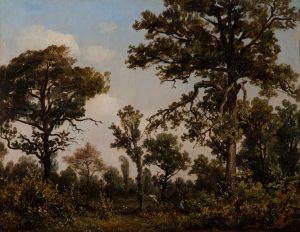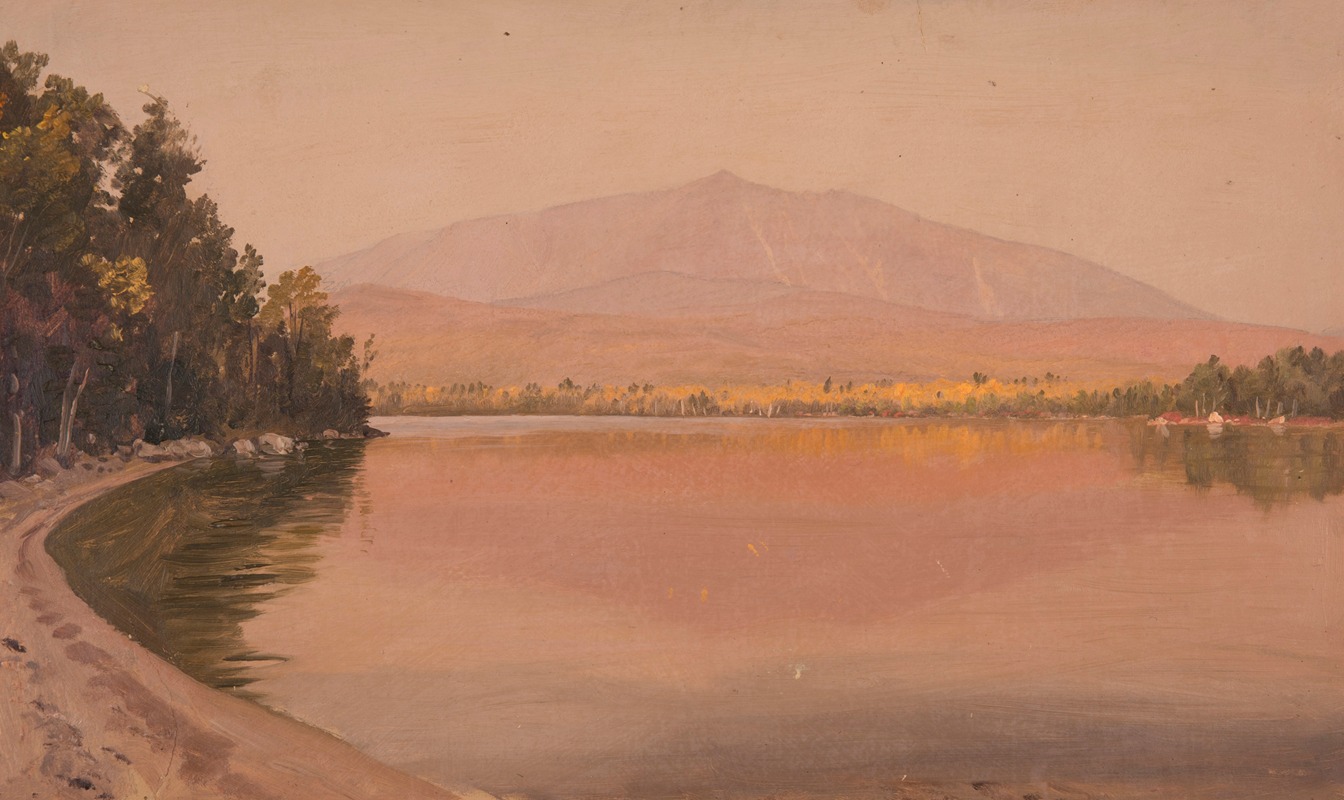
Mt. Katahdin from Togue Pond
A hand-painted replica of Frederic Edwin Church’s masterpiece Mt. Katahdin from Togue Pond, meticulously crafted by professional artists to capture the true essence of the original. Each piece is created with museum-quality canvas and rare mineral pigments, carefully painted by experienced artists with delicate brushstrokes and rich, layered colors to perfectly recreate the texture of the original artwork. Unlike machine-printed reproductions, this hand-painted version brings the painting to life, infused with the artist’s emotions and skill in every stroke. Whether for personal collection or home decoration, it instantly elevates the artistic atmosphere of any space.
Frederic Edwin Church's painting Mt. Katahdin from Togue Pond is a landscape artwork created by one of the most prominent figures of the Hudson River School, a mid-19th-century American art movement known for its detailed and romanticized depictions of nature. The painting captures the majestic view of Mount Katahdin, the highest peak in Maine, as seen from Togue Pond, a body of water located near the base of the mountain.
Church, renowned for his ability to depict natural landscapes with precision and grandeur, was deeply inspired by the American wilderness. Mount Katahdin, a site of cultural and natural significance, was a fitting subject for his work. The mountain holds a special place in the history and geography of Maine and is considered sacred by the Penobscot Nation, an Indigenous people of the region. Church's choice to paint this scene reflects his interest in capturing the sublime beauty of the American landscape during a time when the country was expanding westward and exploring its natural heritage.
The painting is characterized by its meticulous attention to detail, vibrant use of color, and dramatic interplay of light and shadow. Church's technique showcases his mastery of luminism, a style within the Hudson River School that emphasizes the effects of light on the landscape. The composition highlights the tranquil waters of Togue Pond in the foreground, which mirror the towering presence of Mount Katahdin in the distance. The scene evokes a sense of serenity and reverence for the natural world.
While the exact date of the painting's creation is not definitively documented, it is consistent with Church's broader body of work from the mid-19th century, during which he frequently traveled to and painted various iconic American landscapes. Church's works often served as a celebration of the nation's natural beauty and were widely admired for their ability to inspire awe and national pride.
Mt. Katahdin from Togue Pond is an example of Church's dedication to portraying the American wilderness with both artistic skill and emotional depth. The painting is part of the broader legacy of the Hudson River School, which sought to capture the unspoiled beauty of the natural world during a period of rapid industrialization and change in the United States. Today, the painting is appreciated as a testament to Church's talent and his contribution to American art history.





